I'm a big enthusiast of the weird and absurd events in history. The bizarre, the mind-bogglingly strange episodes that make us scream something along the lines of "what the hell did I just read?!"
For example, the curious case of Mary Toft, the 18th-century Englishwoman who claimed to have given birth to rabbits. As strange as it may sound, several medical specialists of the era, including Nathaniel St. André, surgeon to the Royal Household of King George I, were convinced of her claims after "witnessing the births" firsthand.
I kid you not. Picture the scene: a woman, with all the panache of a magician pulling a bunny out of a hat (ha-ha-ha), trying to pass off rabbits as her newborn children.
Of course, science eventually caught up, and the story was soon revealed to be an elaborate hoax. Mary, by then quite famous, was subsequently imprisoned as a fraud.
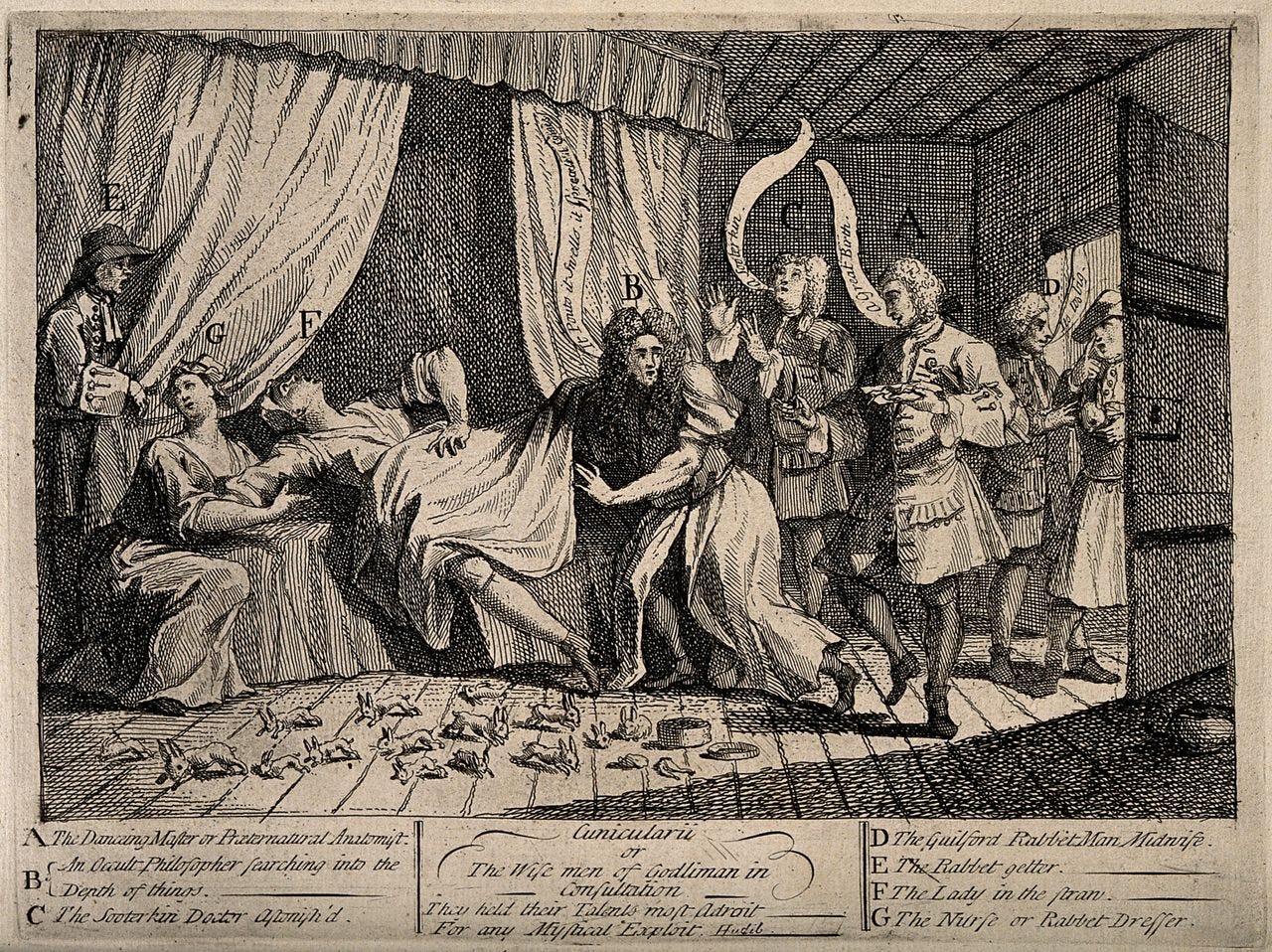
Another favorite of mine is the Great Emu War of 1932, a fascinating moment in history when the Australian military took up arms against thousands of emus devastating crops in Western Australia. The peculiar "war" was ultimately won by the emus, by the way.
And what about The Great Whiskey Fire of Dublin? In 1875, thousands of liters of whiskey flowed through the streets of Dublin, leading to the death of 13 people. Neither of them died due to burns; instead, they died of alcohol poisoning from drinking the whiskey.
All that it takes is a dash of the ridiculous, a sprinkle of the unbelievable, and voila, you have an irresistible cocktail of historical hilarity.
Events like these have a unique ability to capture our attention and imagination. They deviate from our expectations of 'normal' historical events and remind us that history is not always about solemn processions of dates and treaties, grand strategies and epic battles, but also about people insisting they've birthed bunnies, a nation declaring war against birds - and losing it to them, or people dying in a whiskey flood.
Today, we'll dive a little bit deeper into another curious incident. This one is not as funny as the others I mentioned, as there's a pinch of tragedy here. Nonetheless, it serves as a reminder that often, it's the seemingly insignificant events that can spiral humanity into the most unexpected of behaviors.
Let's head over to New York City. Prepare to tip your hats.
In the early decades of the twentieth century, straw hats were more than just a popular summer accessory for men; they also marked the change in seasons.
The 'official' straw hat season usually began on May 15, known as Straw Hat Day, and ended on September 15, referred to as Felt Hat Day. Wearing the hats outside of these dates was deemed unacceptable, a breach of good manners. For this reason, it was commonplace for newspapers to caution their readers as September 15 loomed closer, in a reminder that by that day, gentlemen were expected to exchange their straw hats for felt or silk versions. Many hat stores would take advantage of this and extend their opening hours, anticipating the rush of last-minute shoppers.
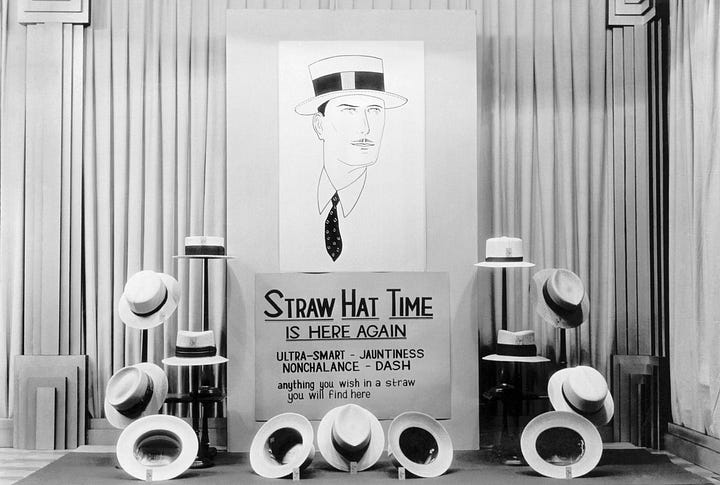
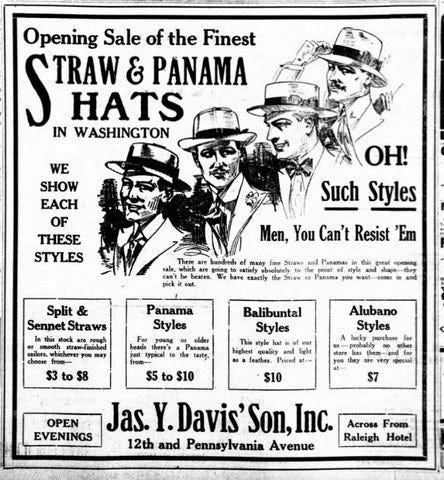
Straw Hat Smashing Orgy Bares Heads From Battery to Bronx
In 1922, a few days before the end of the straw hat season in New York, a group of teenagers in the former "Mulberry Bend" area of Manhattan began harassing unsuspecting men adorning the hats on the streets, stealing and snatching them off their heads and punching the men before running away. This ‘playful’ situation escalated when the mischievous boys tried to stamp on the straw hats of a group of dock workers, who refused to stand for such disrespect and retaliated, and what began as an altercation between a few people soon spiraled into a much larger and serious problem. A fight broke out, coming to a head on the Manhattan Bridge. Police got involved, arresting some of the participants.
The next evening, gangs of youngsters - many under age 15 - roamed the streets carrying large sticks as weapons, with some fortified by a nail driven through the top. Their goal was to locate and intimidate any pedestrian wearing a straw hat, even though the season was not officially over yet.
Anyone who resisted was beaten up.
An account in the New York Times of September 16 relays the mayhem:
"Gangs of young hoodlums ran riot in various parts of the city last night, smashing unseasonable straw hats and trampling them in the street...A favorite practice of the gangsters was to arm themselves with sticks, some with nails at the tip, and compel men wearing straw hats to run a gauntlet.
Several men were hurt and hospitalized from the beatings (according to some accounts, one man presumably lost an eye), and even police officers were victimized. Acting Detective Sergeant Brindizi had his hat stolen and was attacked by a gang at 102d Street and Third Avenue, as The New York Times reported: “He ran after his tormentors, was tripped, and fell headlong into the gutter."
It was complete chaos.
Every time police authorities tried to break up a gang, the kids would scatter and regroup in a different neighborhood, often bolstered by more people. Violence spread throughout the city, and although dozens of arrests were made as three days passed and the circus continued, many of the boys were let off with a fine since they were under 15. The longest sentence was handed to a small group who served no more than three days in jail.
On September 16th, after days of turmoil and brutality, the streets of New York finally began to see some calm. However, the bizarre tradition of hat smashing didn't immediately die out: in 1924, one man was reportedly killed for wearing the wrong hat in the wrong season.
The strict hat-wearing tradition began to lose its steam in the following years. Why limit oneself to a single summer straw hat when a world of headgear is out there? Enter the Panama hat, confidently strutting onto the scene, offering both style and shade without the drama.
"The average man's devotion to his HAT is one of life's greatest mysteries. It seems to be something sacred in his life, which he cherishes and protects as passionately as he does his dignity, his honor, and his grandmother's memory. He will fight for it, quarrel over it and risk his life under a motortruck or a trolley car to salvage its remains, in a wind...When a boy wants to start a fight all he does is to snatch another boy's hat—and the battle is on." - Helen Rowland, in a September 5, 1922 column for The Brooklyn Eagle.
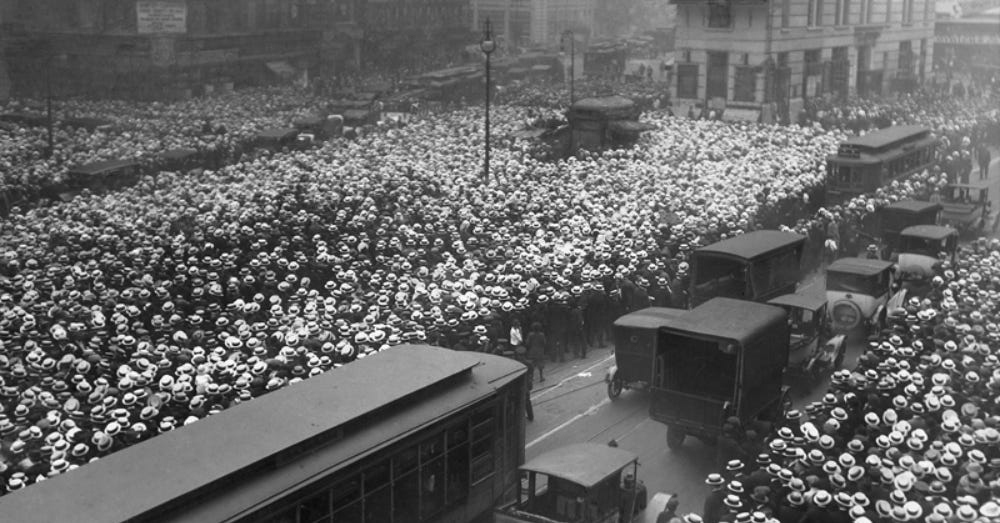
Now, if you were to start a fun fashion trend today, what would it be?
Let me know in the comments!

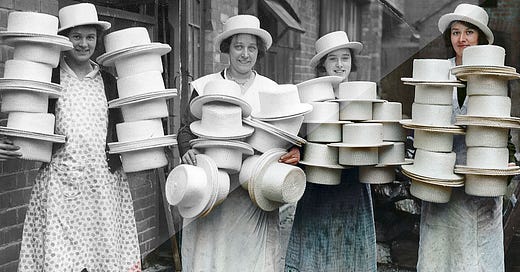





I have argued for decades that hats need to make a comeback. Not with so many rules attached to them, but still a greater diversity of hats for all genders. Perhaps global warming will persuade more people to cover their heads? It seems a missed opportunity for creative expression. Baseball caps are boring and need a challenge.
Don't forget the Susquehanna Hat Company. https://youtu.be/THZV5g1CNZM